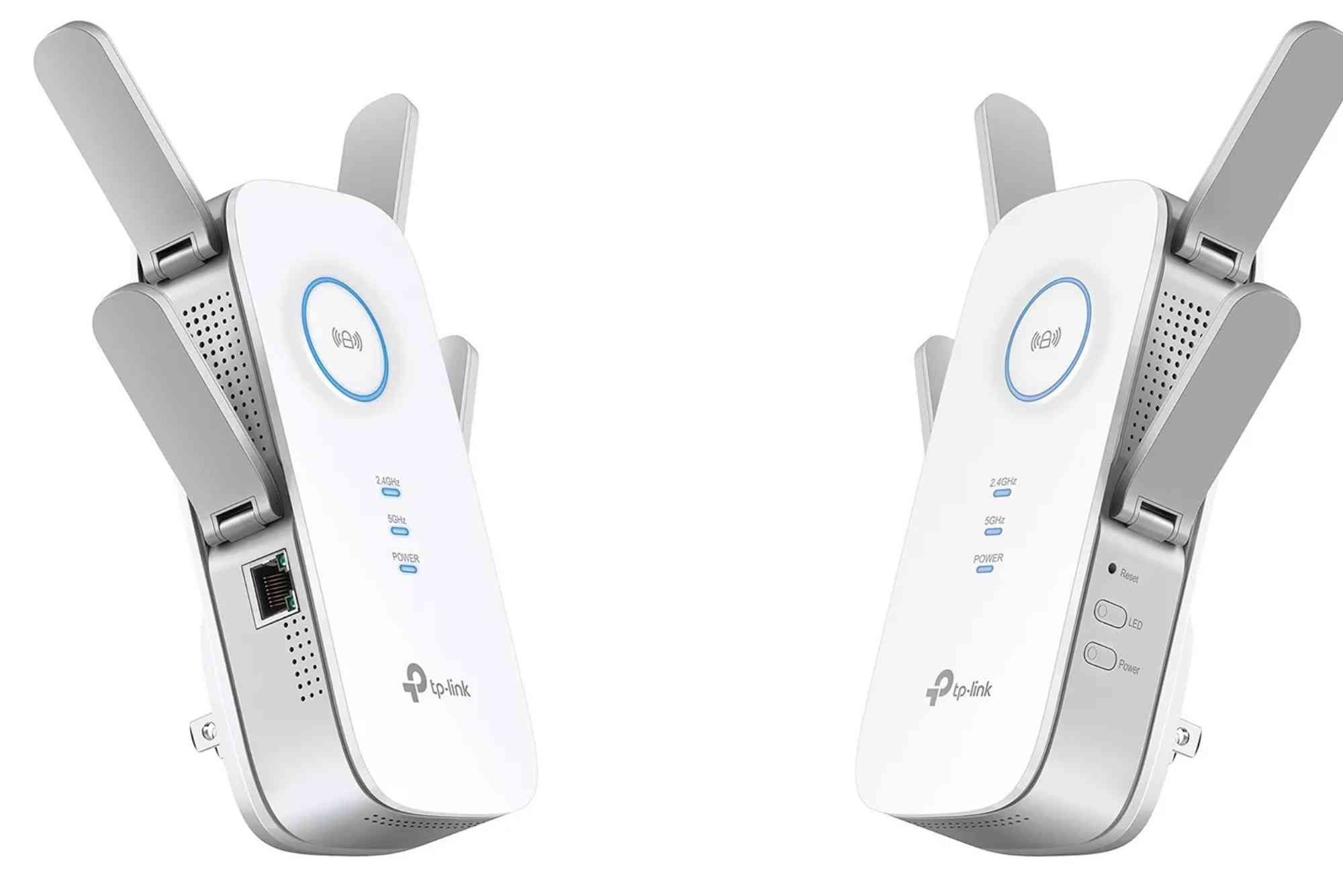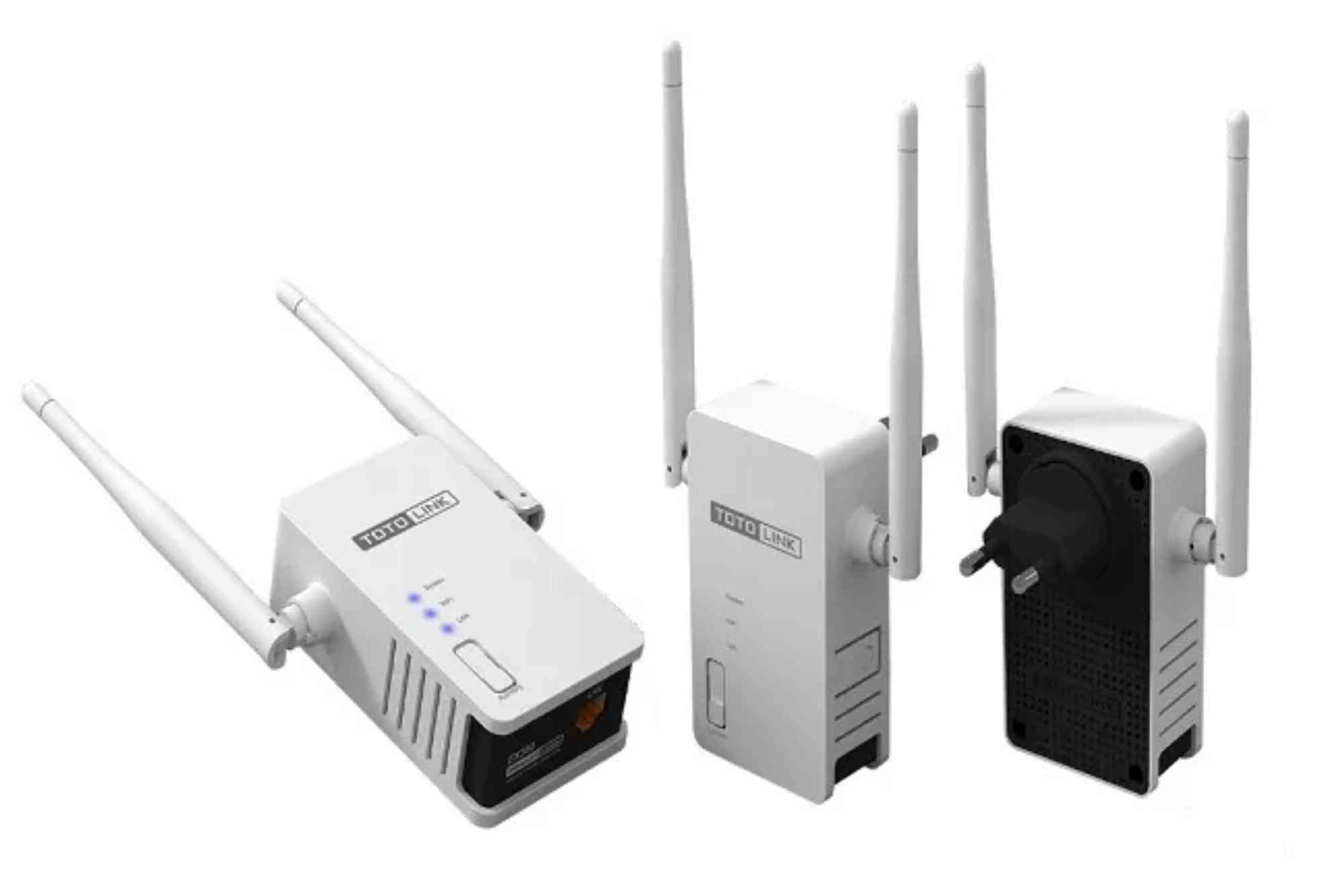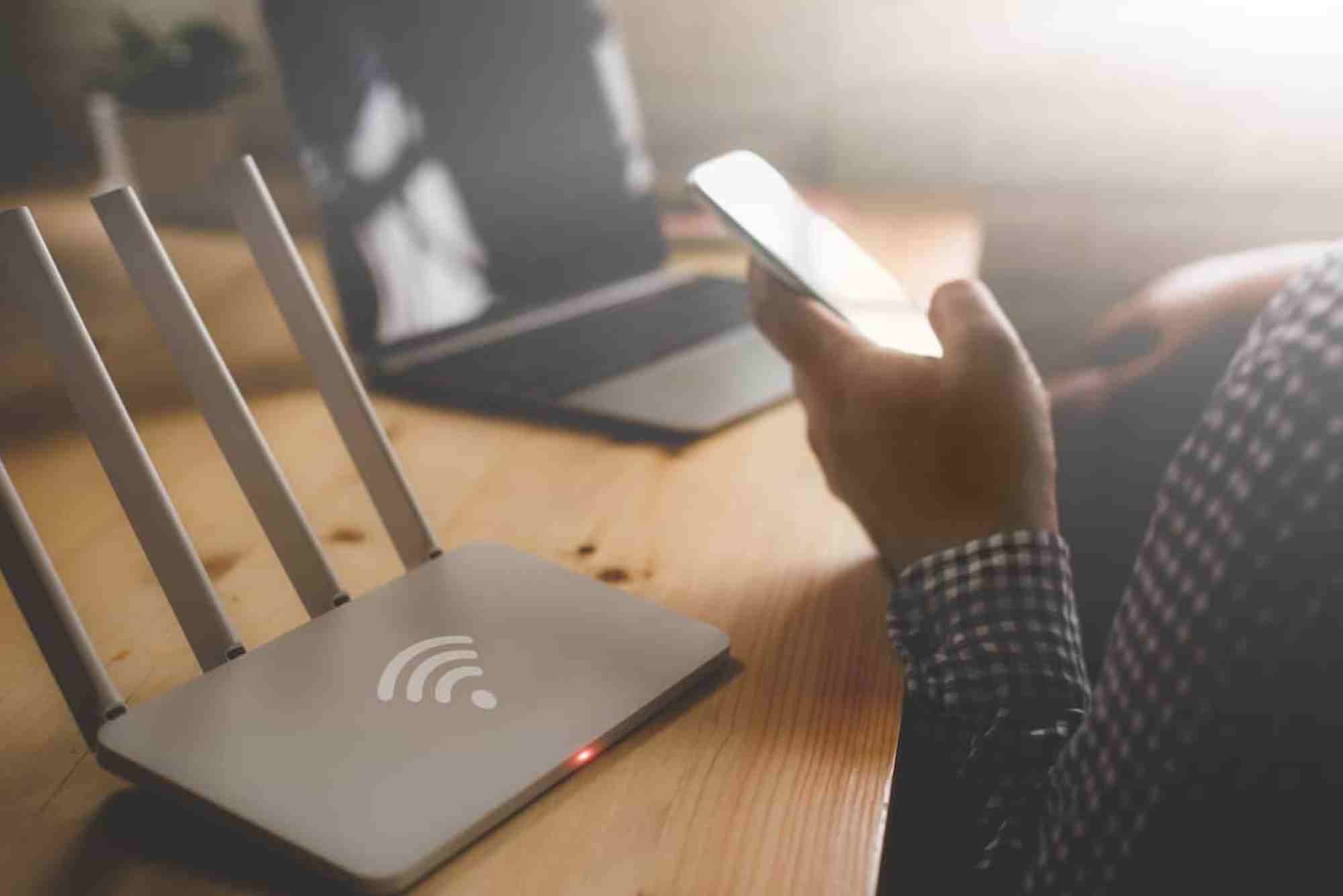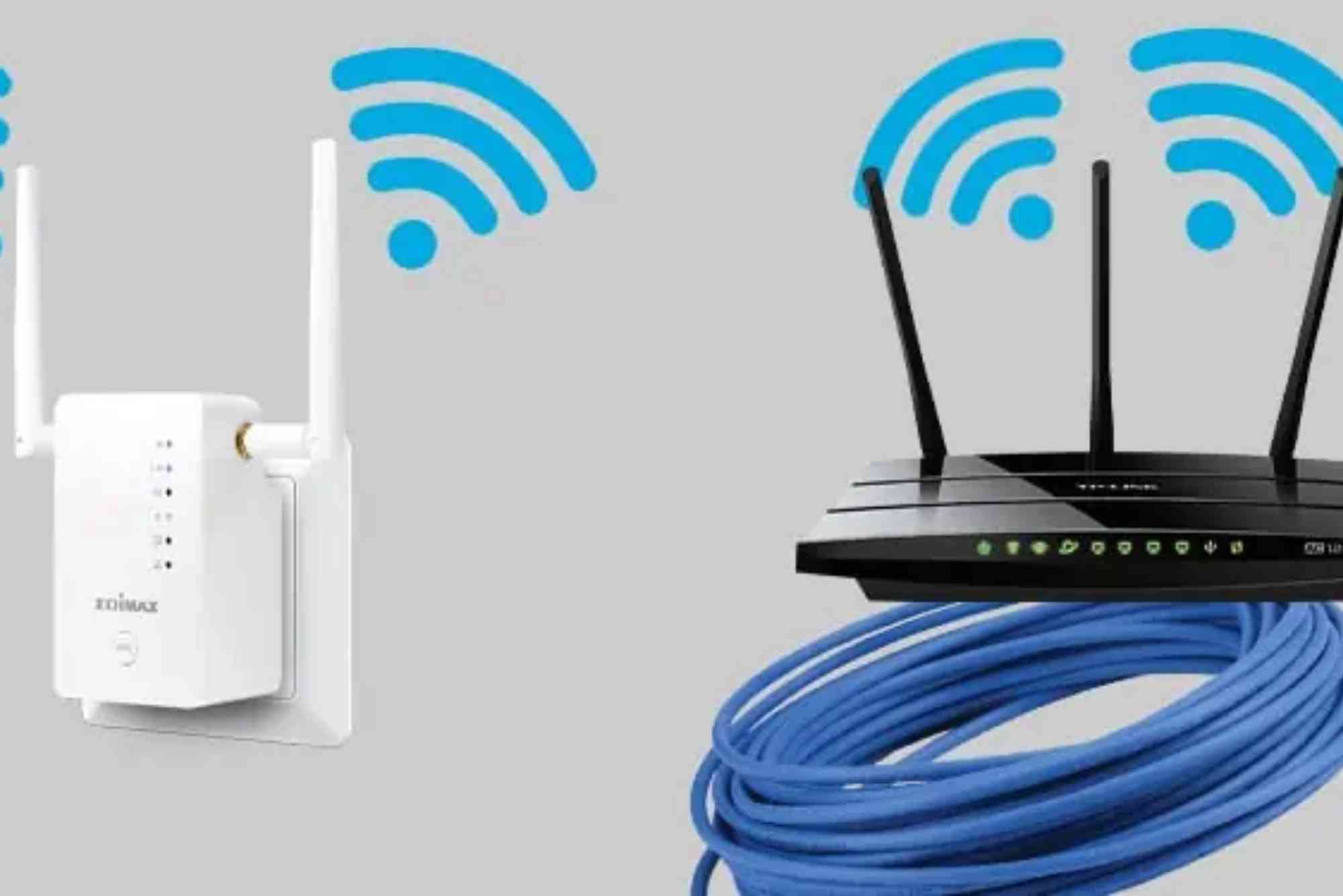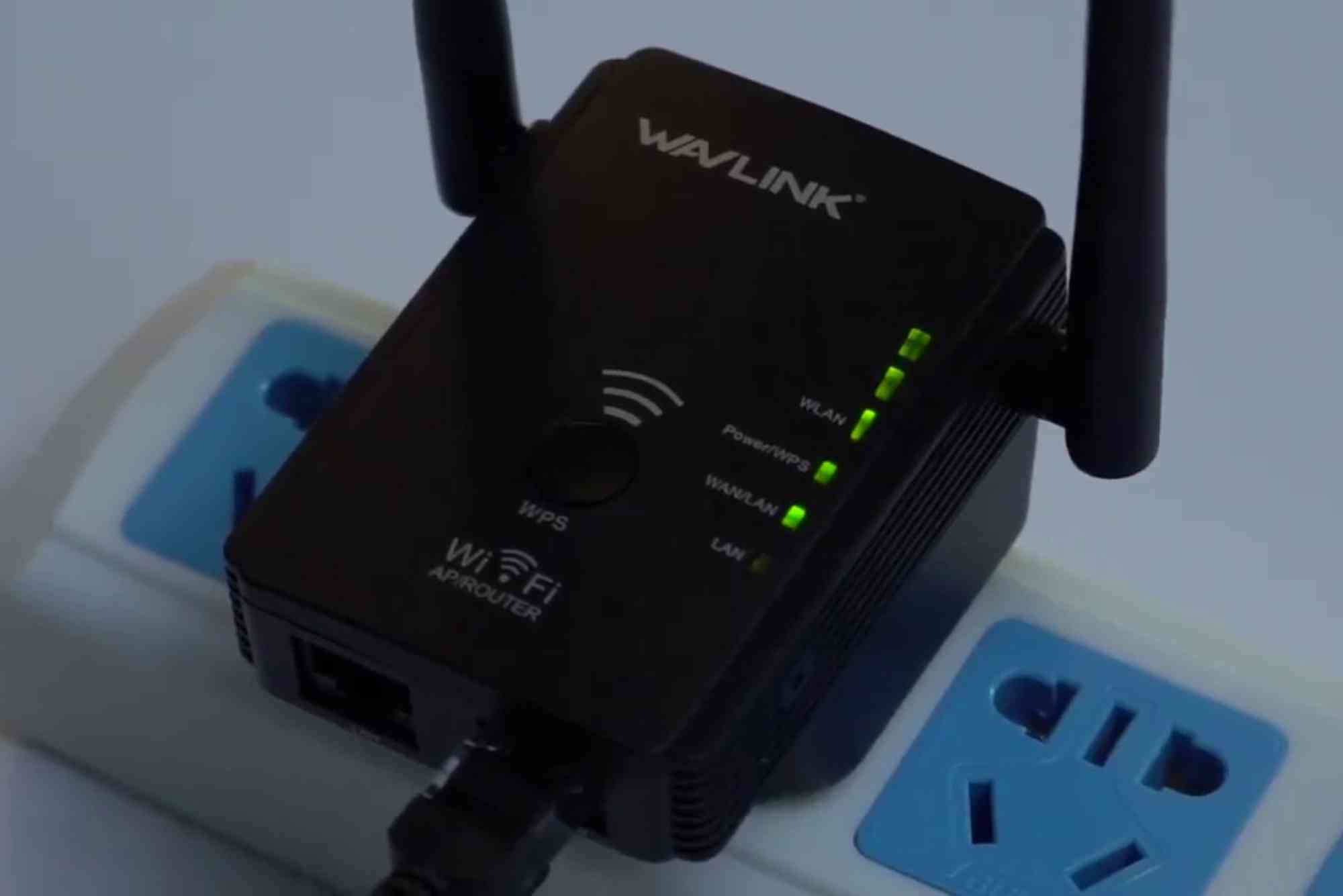ADSL Router Login: Complete Guide for Beginners & Experts
In today’s digital world, staying connected is not a luxury—it’s a necessity. If you’re using a home broadband connection, chances are you’re relying on an ADSL router. But when your internet slows down or your Wi-Fi becomes vulnerable, the first thing you need to do is access your ADSL router login page. Whether you’re updating firmware, changing the Wi-Fi password, or troubleshooting connection problems, knowing how to log into your router is essential.
This guide will walk you through everything you need to know about ADSL router login, including how to access your router, fix common login problems, and secure your network—all while ensuring your data stays protected.
What Is ADSL and Why Router Login Matters?
Asymmetric Digital Subscriber Line (ADSL) is a type of broadband internet that uses existing copper telephone lines for data transmission. It’s popular in homes and small offices due to its affordability and availability. An ADSL router is the gateway that connects you to the internet and distributes the signal via Wi-Fi or Ethernet.
Accessing the ADSL router login interface allows users to configure settings like:
-
Wireless network name (SSID)
-
Passwords and encryption protocols
-
Port forwarding for gaming or surveillance
-
Device access restrictions
-
Firmware updates
If you ignore this access, you risk leaving your network vulnerable to unauthorized use or poor performance.
How to Access the ADSL Router Login Page
Connect to the Router
To begin, ensure your device—laptop, smartphone, or desktop—is connected to the router either via Wi-Fi or Ethernet cable. Using Ethernet provides a more stable connection during login.
Find the Router’s IP Address
Most routers have a default IP address printed on the label, usually found on the back or bottom of the device. Common IP addresses include:
-
192.168.1.1
-
192.168.0.1
-
10.0.0.1
You can also check it manually:
-
Windows: Open Command Prompt and type
ipconfig. Look for “Default Gateway”. -
Mac: Go to System Preferences > Network > Advanced > TCP/IP.
Enter the IP Address in a Browser
Open any browser (Chrome, Firefox, Safari) and type the IP address into the URL bar. Press Enter. This should take you to the ADSL router login screen.
Enter the Login Credentials
Use the default username and password. For most routers, these are:
-
Username: admin
-
Password: admin or password
If you’ve changed the credentials and forgotten them, you’ll need to reset the router (we’ll cover that below).
Troubleshooting ADSL Router Login Issues
Sometimes, accessing the router login page can be frustrating. Here are common problems and how to fix them:
Problem 1: Login Page Not Loading
-
Make sure you’re connected to the correct network.
-
Try different browsers or use incognito mode.
-
Clear your browser cache.
-
Restart the router and your device.
Problem 2: Wrong Username or Password
-
Double-check for typing errors.
-
Use the default credentials from the label or manual.
-
If it still doesn’t work, press the reset button on the router using a paperclip and hold it for 10 seconds. This restores factory settings.
Problem 3: IP Address Doesn’t Work
-
Verify the router’s IP using the methods mentioned earlier.
-
Disable VPNs or proxy settings that may interfere with local IP access.
-
Use another device to rule out system-specific issues.
If all else fails, contact the Dhanote IT Park Help Center for personalized support.
Essential Settings to Configure After Login
Once you’ve logged in successfully, it’s crucial to tweak some settings to enhance security and performance.
Change Default Username and Password
Leaving the default credentials unchanged makes your router an easy target for hackers. Navigate to Administration > Management and update the login details.
Secure the Wireless Network
Under Wireless Settings:
-
Change the SSID to something unique (avoid using your name or address).
-
Set security mode to WPA2 or WPA3.
-
Choose a strong password with numbers, symbols, and mixed-case letters.
Enable MAC Address Filtering
This limits router access to approved devices only. You’ll find this under Wireless > MAC Filtering.
Update the Firmware
Outdated firmware can cause security loopholes or bugs. Go to System Tools > Firmware Upgrade, then check the manufacturer’s site for the latest version.
Advanced Configuration Tips
For more control over your network, explore these advanced settings after your ADSL router login.
Set Up Port Forwarding
This is useful for online gaming, IP cameras, or hosting a server. Go to NAT > Port Forwarding and assign external ports to internal IPs.
Manage Bandwidth (QoS Settings)
Quality of Service (QoS) allows you to prioritize certain types of traffic. You can, for example, give streaming apps higher priority over file downloads.
Create a Guest Network
If you frequently have visitors, set up a guest Wi-Fi network with restricted access to internal resources.
How to Keep Your Router Secure Long-Term
-
Regularly update the firmware and change passwords.
-
Disable WPS (Wi-Fi Protected Setup), which can be exploited.
-
Turn off remote management unless necessary.
-
Monitor connected devices for suspicious activity.
Security isn’t a one-time action. Make it a routine to log in and review your settings every few months.
Benefits of Knowing How to Access Your ADSL Router
Understanding how to perform an ADSL router login offers multiple advantages:
-
You save time and money by troubleshooting yourself.
-
Your network becomes more secure against intrusions.
-
You gain full control over bandwidth and devices.
-
Parental controls help manage children’s screen time.
Take Control of Your Internet Experience
Accessing and configuring your ADSL router is easier than you think. With just a few steps, you can improve security, enhance speed, and enjoy uninterrupted browsing. The ADSL router login process unlocks full control over your home network—don’t wait for issues to arise before you learn it.
If you’re facing trouble with login steps, forgotten passwords, or firmware errors, reach out to the Dhanote IT Park Help Center for prompt technical support. Empower your internet today by logging in and optimizing your router settings.
FAQs
How do I find my ADSL router login password?
If you haven’t changed it, the default password is usually on a sticker on the router. Otherwise, reset the router using the reset button to restore factory credentials.
Why can’t I access my ADSL router login page?
This could be due to a wrong IP address, browser cache issues, or disconnected Wi-Fi. Make sure you’re on the same network and try accessing 192.168.1.1 from a different browser.
Can I change my ADSL router login username?
Yes, after logging in, go to the administration or system settings section to update the username and password.
Is it safe to leave my router on all the time?
Yes, routers are designed for 24/7 operation. However, regularly rebooting and updating the firmware enhances performance and security.
How do I reset my ADSL router if I forget the login details?
Press and hold the reset button on the router for 10 seconds. This restores default settings, including the username and password.
By following this guide, you’ll feel confident accessing and managing your ADSL router login panel. Whether you’re a first-time user or a network enthusiast, controlling your router is the first step toward a faster, safer, and smarter internet experience.

